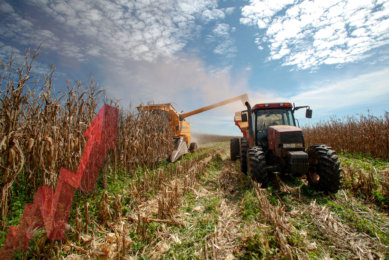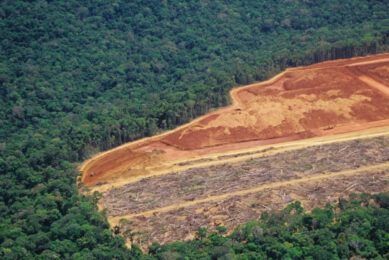Indian fish farmers benefit from extruded feeds
The coastal districts of Andra Pradesh in India are now witnessing a new method in fish feeding. Fishes are being fed with the extruded floating feeds replacing the traditional method of feeding with the raw materials.
The coastal towns of Bhimavaram, Gudivada, Kaikaluru, Akivedu are now experiencing a renewed activity as farmers are experiencing the benefits of extruded floating fish feed.
Good response
“There is a lot of optimism among the farmers and they are willing to try the new methods of fish farming for fishes such as Rohu, Catla, Pangasius and also new varieties such as Tilapia and sea bass,” says S. Amalraaj, Indian Representative for extruder supplier Muyang company in Chennai.
Aquatic animals cannot digest starch effectively resulting in excessive excrement which leads to water pollution, but also causes physiological problems such as bloating and diarrhoea which negatively affect the growth of the fish.
Easy digestion
The extrusion, which is a high temperature, high pressure and short duration process, cooks the materials killing the germs and pathogens and makes the feed easily digestible.
The response from farmers is encouraging as the use of extruded floating fish feed comes with a lot of advantages in terms of digestion ,growth, water protection, zero water pollution , optimized labour usage and zero wastage of raw materials.
In the traditional method of fish farming, a mixture of de-oiled cakes/ or rice bran is used for feeding the fishes.
The mixture normally settles down at the pond bottom causing water pollution. There is also a lot of wastage which otherwise could have been used for other applications.
Since the rations are not formulated well, the growth of the fish takes longer with higher feed conversion ratios.
Improved FCR
For traditional feeding about 4-5 kg of raw materials is required to produce 1 kg of fish. Whereas through extruded feed FCR can be reduced to 1.2.
Extruded feed is much more safe, because fed ingredients can be pasteurized or sterilized during feed extrusion operation, thus reducing the effects of feed on the health of aquatic animals and water quality.











